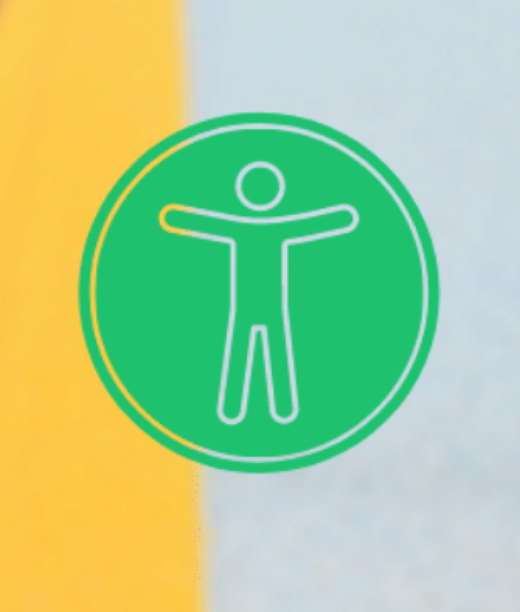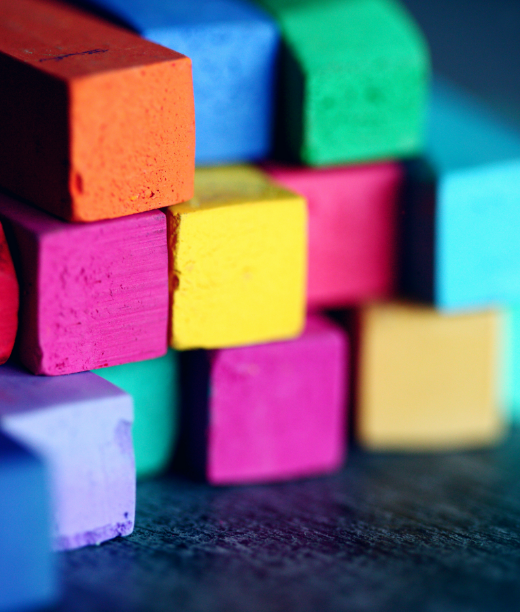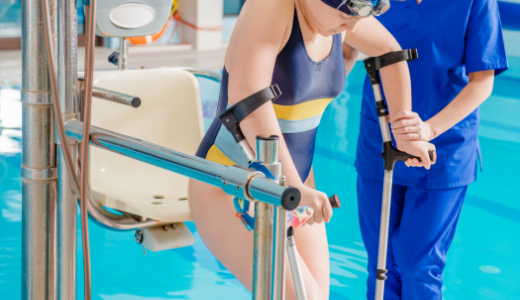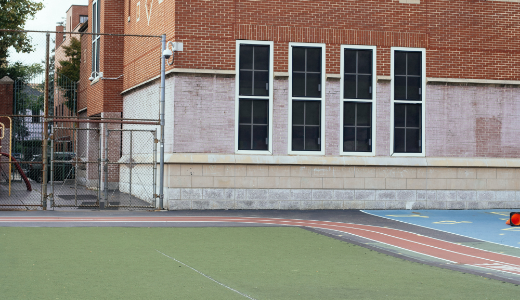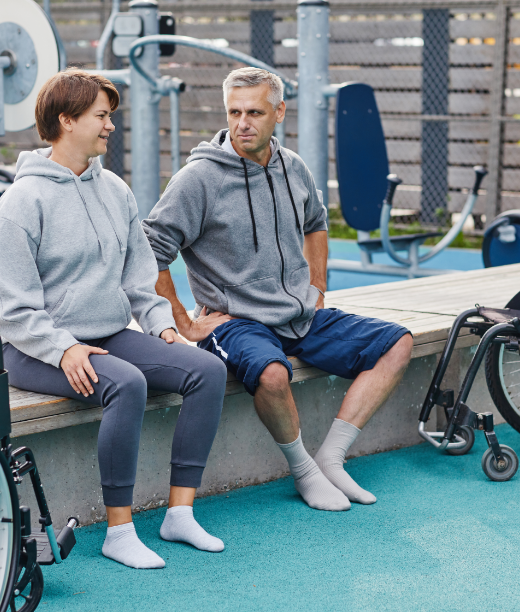Tips for using images to promote inclusion in sport
One of the best ways to communicate what your sport club or organisation is all about is through use of images.
When it comes to promoting inclusion and diversity in sport images can become a powerful tool for letting people know they are welcome and valued in your sport community.
Read op to discover Why thinking about the way you use images is important for inclusion, What makes a good image for promoting inclusion and some thing to consider when choosing images plus where to find images that will help you promote inclusion in your club or sport organisation.
A picture speaks a thousand words.
This is true, BUT, when it comes to using images to promote inclusion, we need to make sure the images we use send the RIGHT message. First and foremost, we need to look at people from diverse groups as ordinary people, members and customers.
For example, far too often we see images of a person with a disability in a clinical or medical setting or alongside an inspirational quote otherwise known as "inspiration porn".
If you're not sure why this is a problem, you need to watch this video.
When marketing to these audiences, as with any other, the aim is to create a connection with the viewer that helps them think, "I can see myself there".
Whether it's people with a disability, diverse cultures, girls, older people, whoever you are trying to engage with. The imagery you use should reflect the normal treatment you would give any other person, customer or market segment you are trying to capture.
So, let’s dive a little deeper…
The market
You need to think about everyone in your community as a potential market of new members, participants and customers.
Consider some of these statistics…
- The disability sector represents more than 20% of the population and is growing in strength
- 28.5% of Australian were born overseas
- Almost 50% of Australians have parents born in other countries
- Over 260 languages are spoken
- Up to 11 in 100 Australians may have a diverse sexual orientation, sex, or gender identity
- Just over half of our population are female
Now consider this – when people engage in sport, recreation and other leisure pursuits, they rarely do it on their own. The multiplier is almost a factor of 3 once family, friends or and other connections are all considered.
When people are considering joining a club or taking part in a sport or recreation activity, they are first and foremost deciding if the environment is the place for them.
They are, like you, looking for a place where they can see themselves being welcomed and valued.
So, for example, when an able-bodied model is put into a wheelchair that is obviously not their own and the image is then used in a website, publication, or advertisement, it is seen as fake and disingenuous and gives a poor impression to the audience. Using a person with an actual disability in your imagery conveys a clear message that you care about genuine representation.
What makes a good Image?
As we have touched on the goal of imagery in promoting your club or sport program is to create a connection with the audience that says, "I can see myself there".
Imagery of people should, therefore, reflect the normal customer types and groups that would normally be your customers. For example, if you are a club catering for kids, then you should use imagery of kids. If your sport program is for older people use older people.
Seems obvious, but sometimes we forget that when we aim to promote diversity, we still need to keep in the context of what the club or program is offering.
Here are some of the key elements of good images to promote inclusion.
Emotional appeal
A good image engages the viewer and stimulates them to want to know more. It immerses them into your story and motivates them to want to get involved. Most importantly, when it breaks through the stereotypes and preconceptions that often come with “inclusive” imagery by placing them into your environment.
Good lighting
Effective lighting adds drama to the scene and creates a mood that your clients will want to experience.
Now proper photographers will say the "golden hour" is the hour before sunset and the hour after sunrise. It can create the most dramatic lighting. It is important, however, to match the lighting with the experience that your visitors or customers will experience.
A Good location
A good location inspires your audience and engages with their idea of what its like to be part of a club or sport activity.
So, if you are promoting your club have your images set in the club environment where possible. Use the settings that the sport and recreation activities happen in.
Use of colour
Colour is the essence of imagery. It gives a picture energy and life. It creates the mood that will encourage your potential customers to make the effort to find out more and get involved.
Engaging Subject Matter
Sometimes, an image that is a little unusual or unexpected can resonate with your target audience.
Images that have a story hidden in their detail, can invoke the imagination. This is especially useful for engaging with new and diverse markets in your community especially if the story can relate to the viewers personal experience.
Here are a few more considerations:
- use real people in real settings - the easiest way to do this is take your own photos!
- avoid clichés, stereotypes and inspirationalisation (I think I made that word up) Fist bump circle, leaping for joy, black/brown/white handshake, the token wheelchair in the group, weirdly posed…
- put images in all the places you want people to see them - on your website, around your facilities and venues, in your promotional material, on social media
- keep it balanced and avoid tokenism
- Continuity is a must. From your website, social media to printed materials. Make sure that the images used are consistent throughout the club or organisation. If you have a gap or inconsistent use of images your efforts could be interpreted as disingenuous or sending mixed messages.
- Do it regularly. Don't wait for the one day in the year set aside to promote 'this group' or 'that cause'. Make it part of your everyday marketing and communication efforts.
Where can I get good images from?
The easiest (and cheapest) way to get images is to take them yourself! This enables you to guarantee the images are real and reflect the settings that your sport activities happen in. If you follow the tips and ideas in this post, you should be able to get some really great images to promote inclusion.
Of course, you need to make sure you have permission from the people in your photos and you are aware of issues relating to taking images of children. For guidance on this I recommend you check out the resources of Play by the Rules here.
Sometimes it's difficult to get the images you want though. This is especially true if you are just starting out with inclusion or are looking to engage with new groups that aren't yet involved in what you do. This is where good quality stock images can play a role. Below are four sources that might be worth considering.
Google search
This is a good option to find free images. It will take you a while to find something of decent quality and you need to be very wary of copy right, basically you can't just find an image online and use it for your own end. Click here for a quick guide from Google. To start searching click here.
Ask your national or state sporting organisation
Many NSO's and SSO's will keep a bank of images or have access to images that could be used to promote their sport. Again, this is a possible way to get images for free. In most cases getting in touch with the marketing or media contact is good place to start.
Travability
The good people at TravAbility are dedicated to increasing the usage of imagery of people with disabilities in the tourism, leisure and lifestyle mediums. Images from TravAbility do come at a cost and they offer a range of subscription options. Click here to start searching*.
iStock
iStock are the original go-to site for user-generated stock photos, illustrations, and video clips. You can get super quality images and video to use in your website, promotional materials and communications. Again, they come at a cost and you will need to search out the best images to suit your message. Click here to start searching*.
REMEMBER: Not all stock images are created equal. Make sure you consider the tips and advice in this post to select the best images for your needs.
Other resources and inspiration
To round out this post I thought I would share some examples and resources that I think reflect a good use of images to promote inclusion and diversity. Hopefully these can provide you with some inspiration.
Examples
Click each image below to see how each organisation uses images to promote inclusion and diversity.
NRL

Tennis Australia
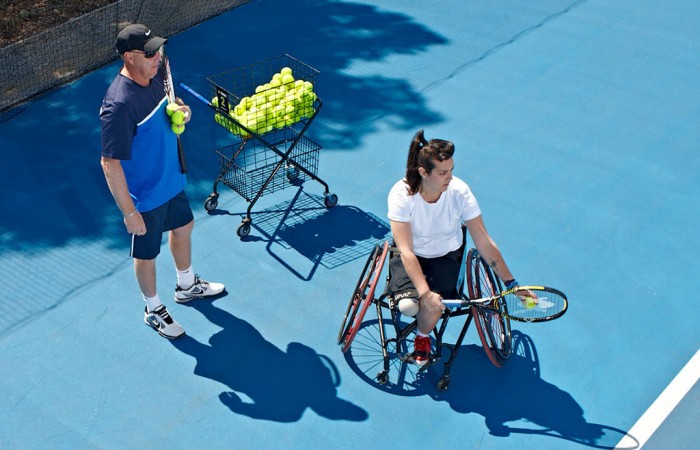
Netball Australia

Handy resources
- Starting with Julius
- Attitude Foundation
- TravAbility Stock Images*
- Blog post: Top Tips for Inclusive Writing
*These links are affiliate links. If you make a purchase through these links I will make a small commission at no extra cost to you.
In case you missed them
Check out our latest blog posts

Connecting individuals to physical activity in the NDIS (Free Course)
Learn about the many options, benefits and impacts of physical activity and how you can help individuals with disability get involved so that they can participate in the community, build their capacity and reach their goals.

Including Students with Disability in School Sport (Free Course)
Learn about the many options, benefits and impacts of physical activity and how you can help students with disability get involved in sport and physical activity.
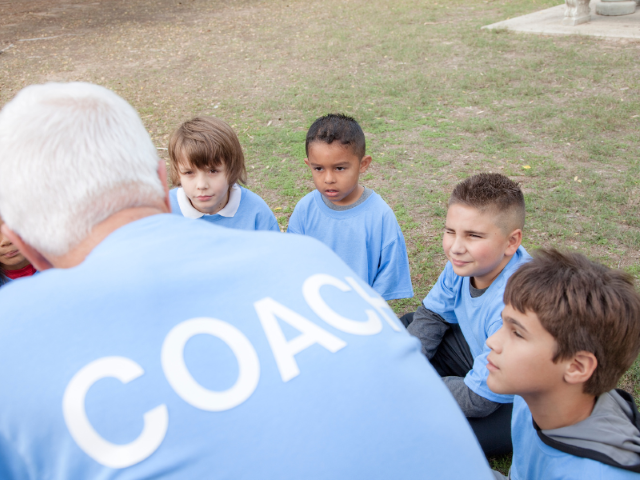
Disability Inclusion for Coaches (Free Course)
This course is designed to give you the basic skills and knowledge to be a more inclusive coach of people with disability in sport and active recreation programs and activities.

